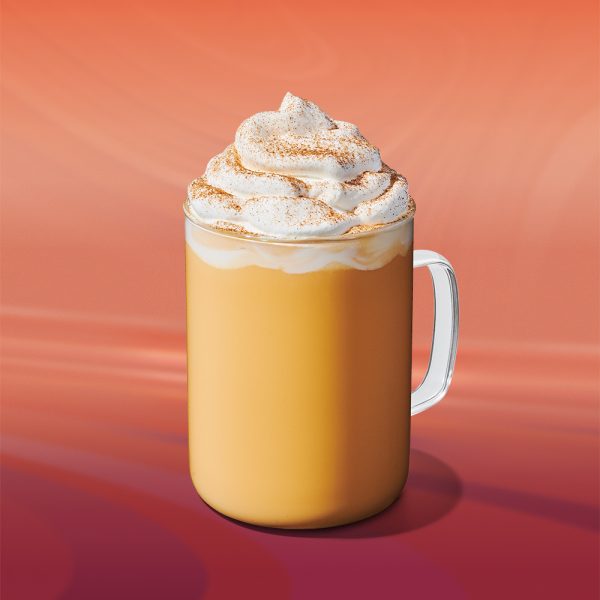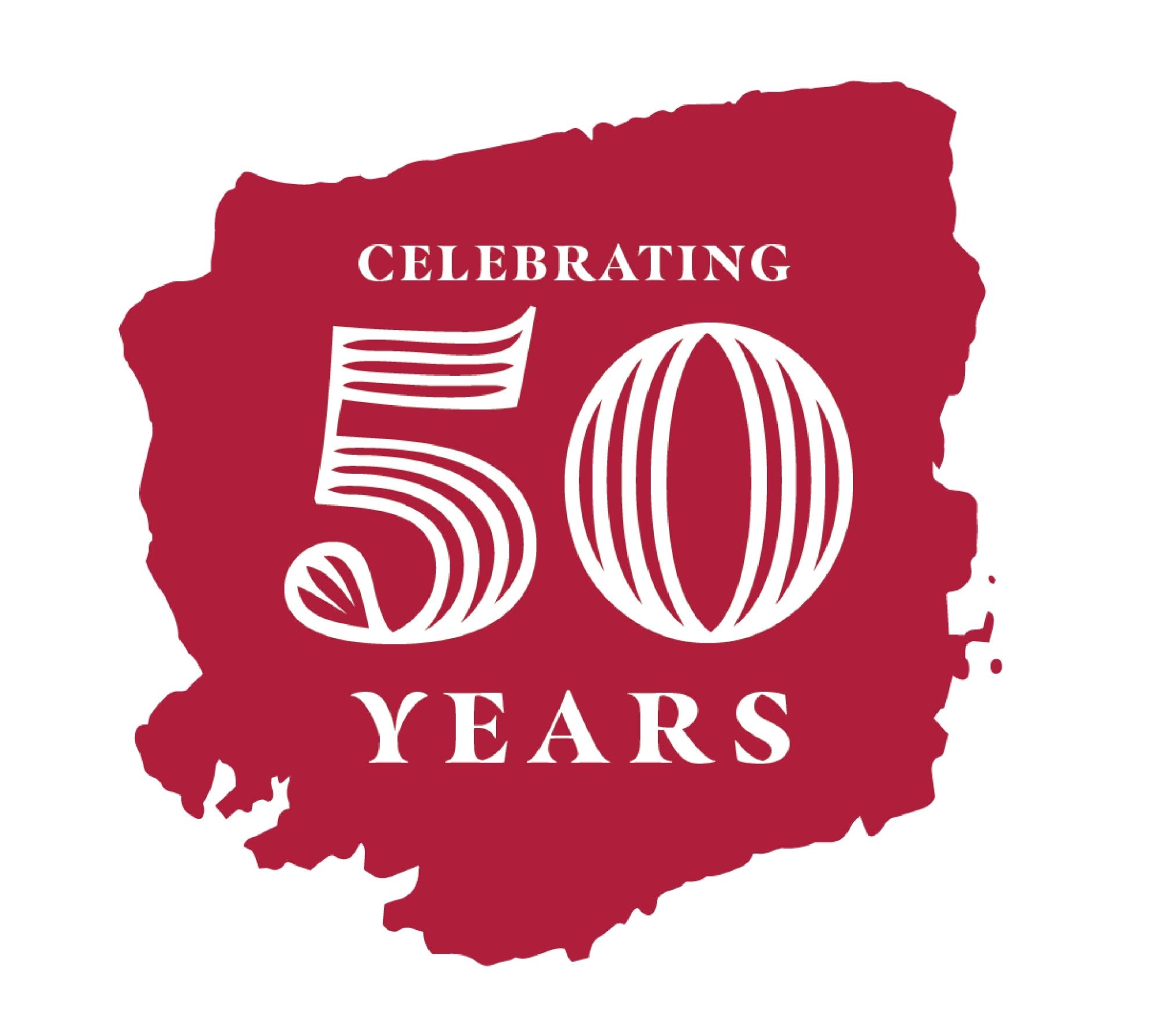Once late August, September rolls around, pumpkin spice products start popping up everywhere; on the food, personal hygiene, pets, home decor and pretty much every other aisle.
When I head to the creamer section to get my usual peppermint mocha flavor I get met with a freezer case full of pumpkin spice creamer … almost corner to corner.

“Pumpkin spice” as we know it has been around for centuries but in the early 2000s thanks to Starbucks’ “Pumpkin Spice Latte” — or PSL — it took modern society by storm.
The trend then re-gripped society in 2015 when Starbucks upgraded their PSL to actually include pumpkin puree made from small kabocha pumpkins.
Pumpkin spice stems from pumpkin pies, which were especially popular during colonial times.
However, it wasn’t until the 1930s that the various spices in pumpkin pie — nutmeg, cinnamon, ginger and cloves — were mixed together by McCormick and Company.
Nowadays the popular pumpkin spice mixture saturates the market in a variety of products thanks to capitalism.
Pumpkin spice’s increasing popularity has even sparked Starbucks to release their fall menu — which includes the PSL — earlier than before. It was released on Aug. 22, two days before last year.
Starbucks’ PSL price has also slowly increased over the years, just about doubling. Back in 2005, a PSL cost $3.35, but now it’s nearly $7. This could be chalked up to inflation or possibly pumpkin spice greed.
There’s even an “unofficial” pumpkin spice tax on all products that contain the iconic flavor. The pumpkin spice versions of products can cost up to 14% more than traditional variations.
This market saturation seems to be for a good reason, though, because consumers buy into it. One pumpkin spice report states survey results reveal that 85% of survey takers love pumpkin spice.
However, in the same report it states 35% of people think pumpkin spice is overrated, with 65% thinking it’s just right and 5% thinking it’s underrated.
I find myself in the 35% minority.
Now don’t get me wrong. Back in 2015 and 2016 when the pumpkin spice trend resurged I was in line for the PSL just like everyone else. I also ate pumpkin spice cereal and had pumpkin spice lip balm and body wash.
But some of the newer pumpkin spice products are starting to get a little ridiculous, such as the Greenies Pumpkin Spice-Flavor Dental Dog Treats listed in CNN’s 2024 list of pumpkin spice products to stock up on.
I’m sorry, but your dog probably doesn’t have a preference for pumpkin spice … you’re just projecting your preferences on your pets.
Some of the implications of the pumpkin spice craze are also problematic.
One such area is capitalism’s exploitation of the flavor.
As companies pump out more and more pumpkin spice flavored, scented, etc. products the public is buying them.
Over $800 million was spent on the pumpkin spice market last year, ending in July of this year.
Another issue surrounds gender implications in the culture and marketing surrounding pumpkin spice products.
The pumpkin spice trend has been branded as more feminine. A lot of pumpkin spice products — including the ones on CNN’s 2024 list — are marketed toward women, especially the personal hygiene and home decor products.
I’ve also noticed there is discrimination against men who like pumpkin spice products — PSLs especially — because once again, these products are feminine-coded.
When it comes down to it, now that fall has officially begun, it is up to each individual person to determine if they are consuming pumpkin spice products because they genuinely enjoy them — more power to these people — or if they’re giving into marketing schemes.
Take back the pumpkin spice power. Happy first day of fall.
Ariana Powell can be reached at orionmanagingeditor@gmail.com or alpowell1@csuchico.edu.








